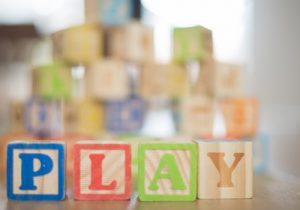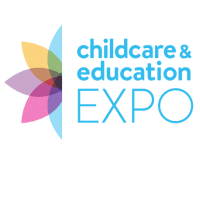What is open-ended play?
15th February 2018
Share this entry:
By Jo Baranek
What is open-ended play? It is often spoken about in early years as an approach or part of a larger way of teaching, but it is simply play that has no perceived boundaries. It allows children to investigate and explore freely, directing their play in whichever way they wish to, with little adult intervention.
Open-ended play allows children to take resources that have boundless uses and manipulate them into their play in their own manner. Where a plastic apple can really only be a plastic apple; a pine cone can be a piece of food in the role play area, cargo for the trucks outside, a facilitator for fine motor skill development with elastic bands, a paintbrush, a boat in the water tray and part of your treasure basket for the babies. You can see the clearly see why a child would prefer to play with the pine cone can’t you!
Open ended resources and the environment they are placed in becomes the educator and this allows the children to use their skills and knowledge in a new arena independently. Adults take more of a back seat and observe, support and challenge where it is required.
Loose parts feature largely in open-ended play and provide the open-ended resources required to provide challenge to children. Sticks, for example, have been used in a variety of different ways by children for centuries, from swords and bows and arrows to den building materials and imaginary food. So loose parts play is really nothing new at all!
Loose parts can be collected, sorted, moved around, manipulated, adapted, controlled, combined with other materials, piled up, lined up, and taken apart and put back together in multiple ways. They are open-ended items that can be used alone or combined with other materials. They allow children to use them with no instructions or directions. They can be natural or manufactured, found, scavenged or bought, different sizes, shapes and materials. In fact they can be pretty much anything! A lot of items that you would normally throw away or recycle, such as bottle lids, cardboard tubes, offcuts of wood and fabric scraps can be added to your resource bank for children to use. A bottle lid can be used as part of an art creation, as a boat for a fairy, food in the role play area or as money to pay for the car wash.
Early years settings are becoming more and more savvy with collecting loose parts and are sourcing places locally to gather ever more increasingly interesting objects to provide play opportunities for their children. If you do not currently offer loose part play, why not join in and start scavenging for resources to enhance your provision?
If you need to know where and how to start NDNA’s publication “Your essential pocket guide to open-ended play ideas” will give you some pointers including activity ideas and where to find the resources. This can be found at http://bit.ly/2sbabJn. The book will be available to purchase at Childcare Expo London on the NDNA stand.
Why not come and see my at London’s Childcare Expo on Saturday 3rd May at 12.30pm, where I will be sharing resources and ideas for activities that cover all areas of learning.
Why attend Childcare Expo?
Join over 2,500 like-minded individuals from the early years sector who are dedicated to improving both practice and their childcare settings.
Attend educational seminars to credit your CPD
Meet the experts to have your questions answered
Receive fantastic onsite offers and discounts
Experience expert-led informative hands-on workshops
Network with peers and industry players
Pick up hundreds of new product ideas and services
And most of all, enjoy a great day out with your colleagues




